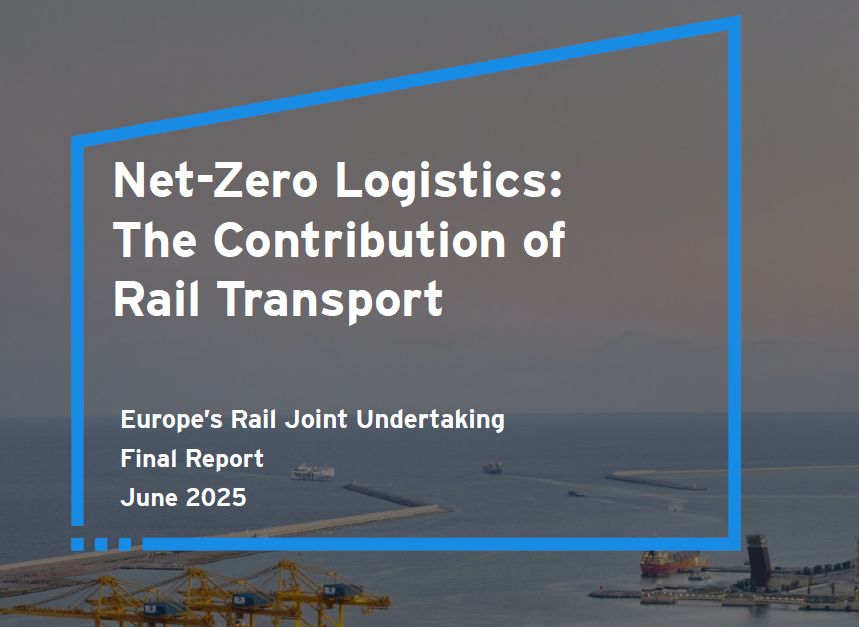Europe must take decisive steps to simplify and modernise its rail systems to strengthen competitiveness,...
D3.5 – Use cases and scenarios for Cost-effective fail-safe on-board train integrity & train length demos on G1 regional lines
Output type:
*UNDER ERJU APPROVAL
The scope of this document, which reports the activities carried out in the FutuRe WP3 task 3.5 project, concerns the specification of the systems for determining train integrity and train length for applications with ETCS signalling systems.
On the regional lines affected by this activity, complete interoperability between main lines and regional lines is required. A train can circulate without interruptions between the different types of lines.
in this context there is a close collaboration with what R2DATO achieved in WP19 and WP20.
The operational and functional requirements reported in the document were identified within the working group, together with some significant use cases.
This set represents the right compromise to specialize, when needed, the train integrity and train length solution for applications on regional lines.
It should be remembered that when the regional train runs on the main lines the train integrity and train length functions must comply with the applicable rules.
To reduce costs, it is conceivable to integrate these functions within other existing systems as much as possible.
Depending on the type of train, these functions can be integrated into the EVC or within the TCMS.
Train integrity and train length become important when there are no longer ground systems that detect the presence of vehicles along the line. This event, which can cause serious safety consequences, can be caused by a train breaking up, therefore it is necessary to ensure that these events cannot occur.
The signalling system adopted is ETCS, not only for reasons of interoperability but also of performance and reliability. This system allows not only complete uniformity with the systems adopted on the main lines, but when used at level 3 (Hybrid or Moving block) the partial or complete removal of the Train Detection systems installed along the line.
Furthermore, the length of the train serves to determine for the following train where the point to be protected is located and which can never be reached. For these reasons, train integrity and train length systems cannot be left to manual operations or human evaluations which are subject to error.
The implementation of the demonstrator will be performed in WP8 taking what is present in this document as reference.
The reference regional trains are trains that often have a fixed composition, but it happens that these come together depending on the services they have to perform.
Therefore, in this context the concepts of joining and splitting between trains are exalted. Therefore, solutions for verifying the integrity of the train and determining its length must be designed to accommodate this type of scenario.
A preliminary comparison with what has been achieved in the System Pillar has been made, but subsequent interactions will certainly allow the solutions being carried out to be increasingly aligned.
















